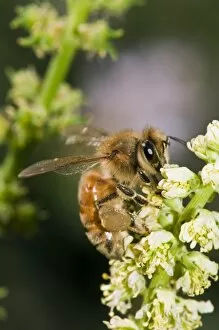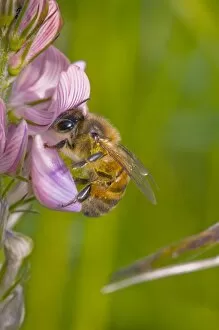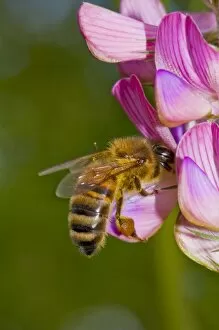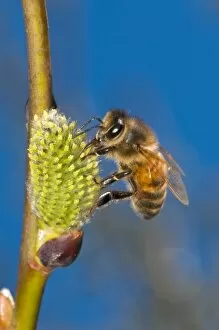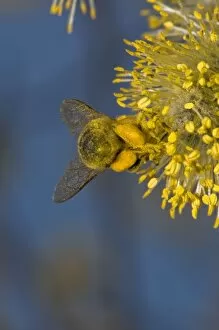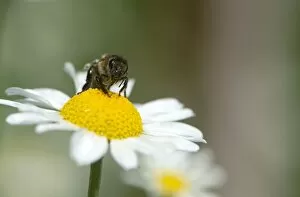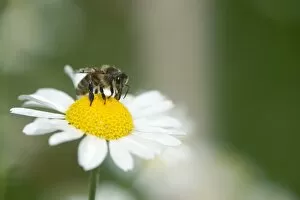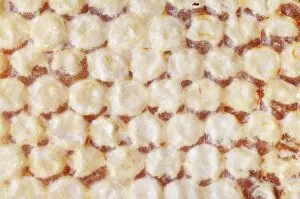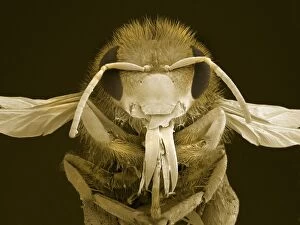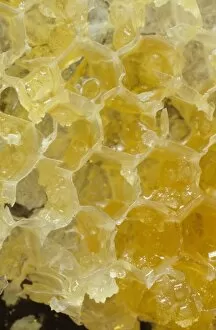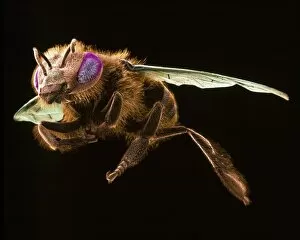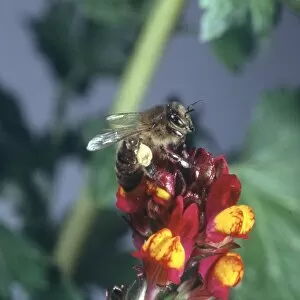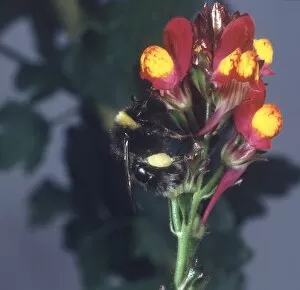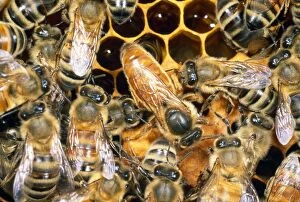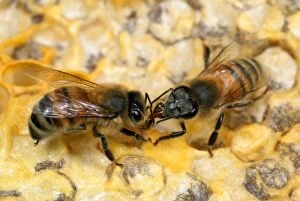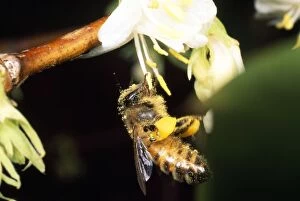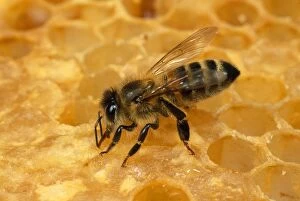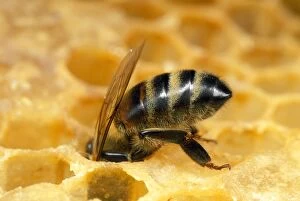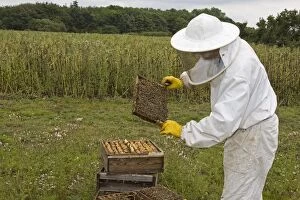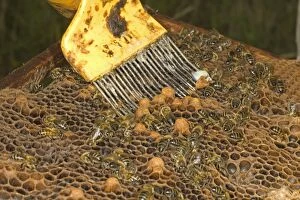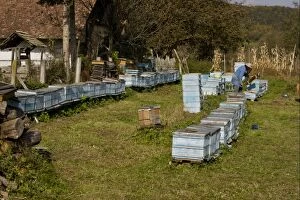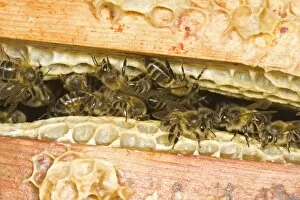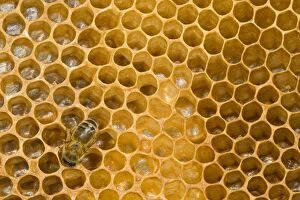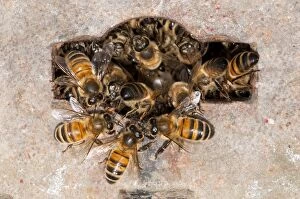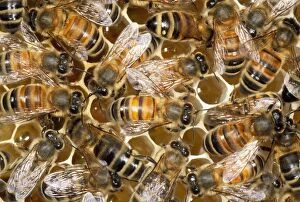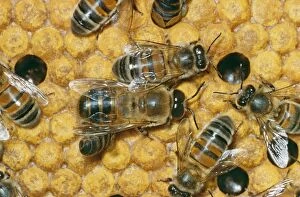Honeybee Collection (#5)
The humble honeybee, known for its industrious nature and vital role in our ecosystem, never ceases to amaze us
For sale as Licensed Images
Choose your image, Select your licence and Download the media
The humble honeybee, known for its industrious nature and vital role in our ecosystem, never ceases to amaze us. From the regal queen and her loyal workers on the comb to their meticulous tending of honeycomb in the UK, these tiny creatures work tirelessly to ensure the survival of their colony. In Baden-Wuerttemberg, Germany, a honeybee takes flight towards cherry tree blossoms, collecting pollen with precision and purpose. Meanwhile, across the pond in the UK, a queen honeybee with clipped wings stands as a symbol of resilience and adaptability. Even during winter's icy grip, honey bee hives can be found nestled within forest landscapes - a testament to their ability to endure harsh conditions. In another corner of the world at Mayfield Lavender Farm, European honeybees find nourishment from lavender flowers while worker bees tend diligently to their precious honeycomb. Nature's intricate web continues as we witness a Western honeybee pollinating Desert passionflower on Danzante Island in Mexico's Loreto Bay National Park, and is through these delicate interactions that life thrives and ecosystems flourish. As we marvel at these fascinating creatures' dedication and resourcefulness, let us remember that every sip of sweet nectar or bite into succulent fruit owes gratitude to our buzzing friends – the remarkable Honeybees.


